The end of the (virtual) world: what happens when the servers are switched off
The legacy and future of virtual worlds is explored in ‘Between Worlds‘, a new exhibition at The Photographers’ Gallery, London
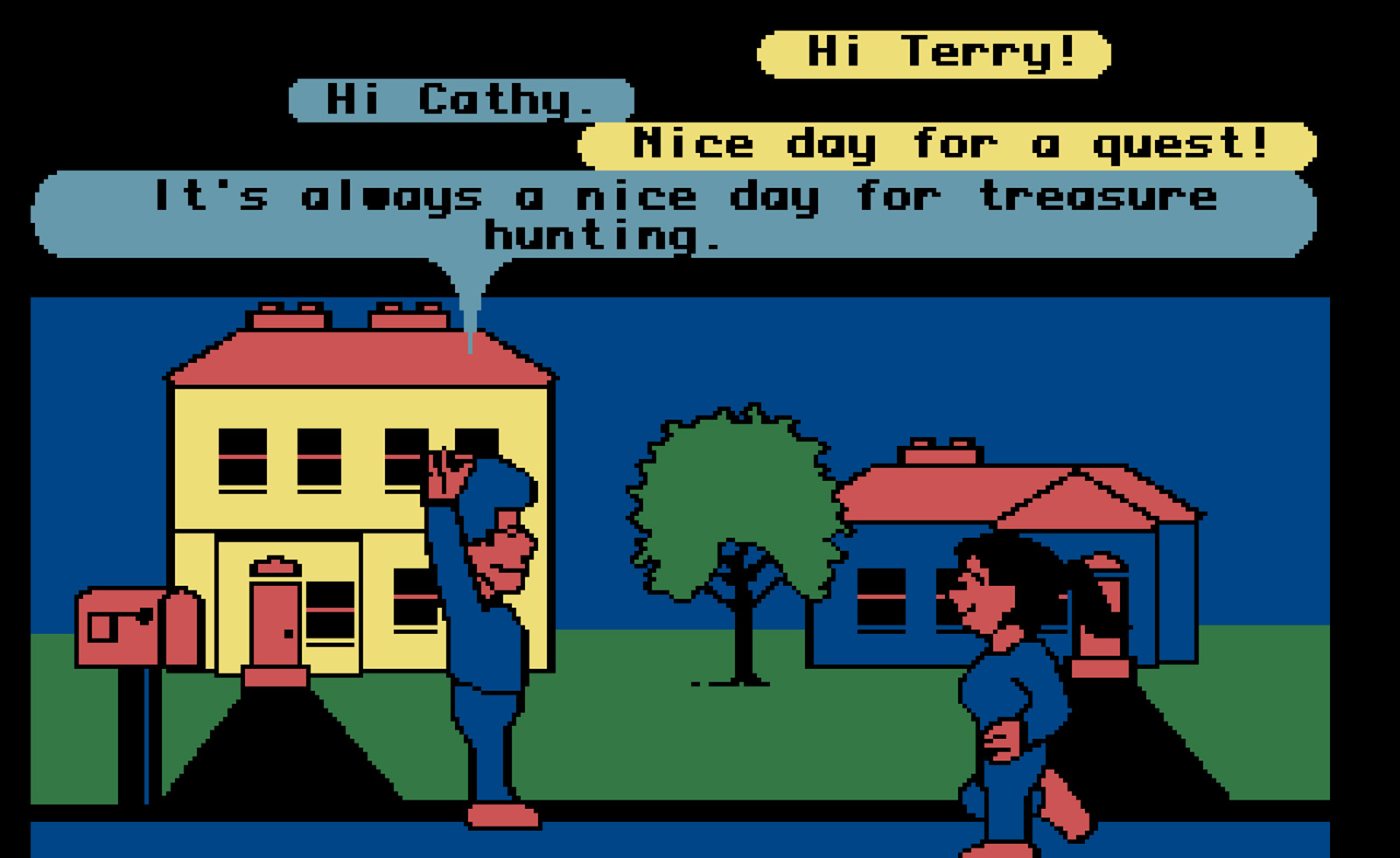
Virtual worlds, briefly digital epicentres of user communities and all-consuming lifestyles lived online, tend to burn brightly before disappearing, hosting one last ‘end of the world’ party before the servers are permanently switched off.
The journey since the earliest online games – from Maze, the first 3D first-person game to be created, to PlayStation Home, WorldsChat and Myst Online – is now traced by a new London exhibition. ‘Between Worlds’, which opened this summer to mark the 20th anniversary of Second Life, a rare example of a still-active virtual world, explores these online communities.
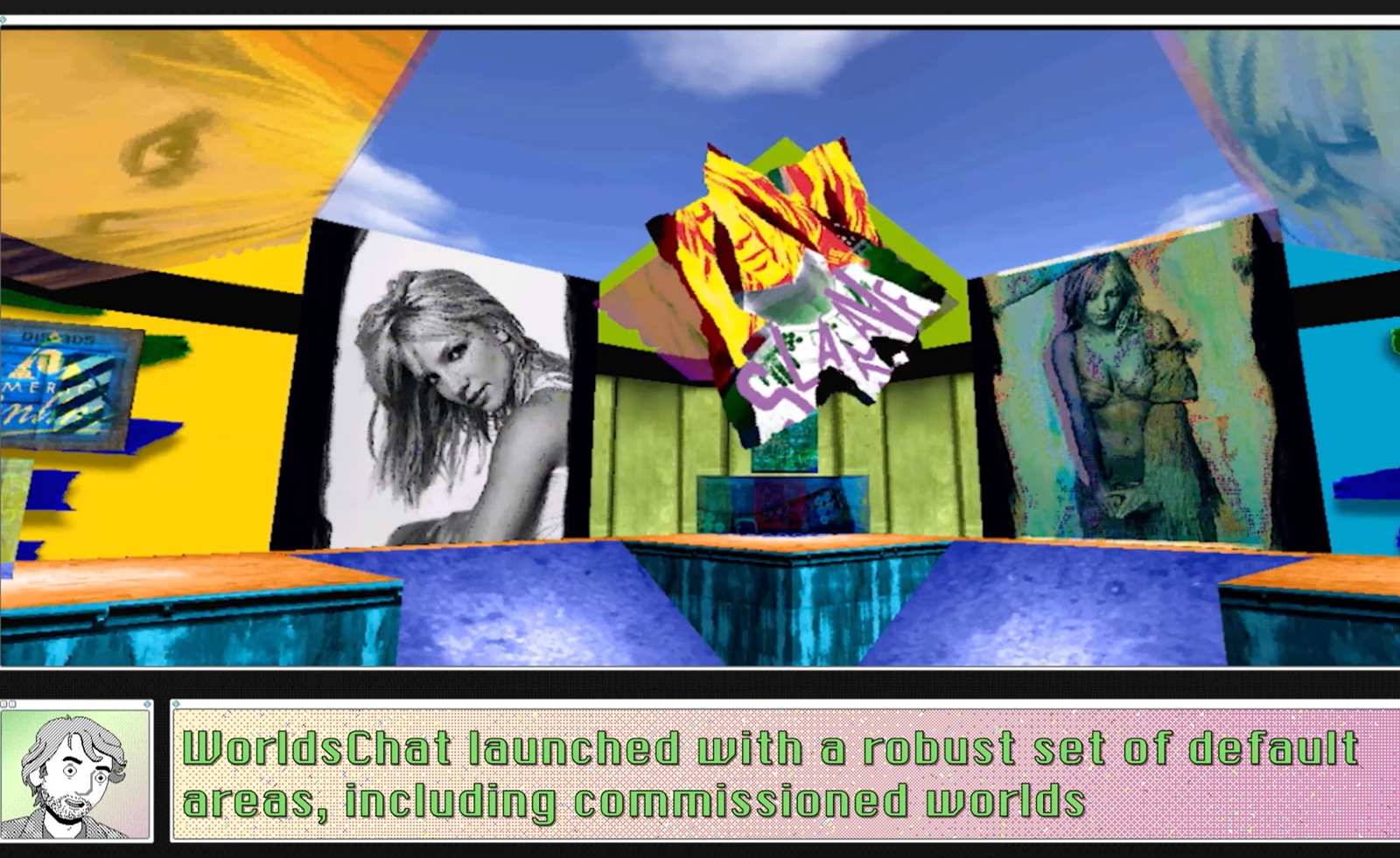
Preserving Worlds (still from Season 1, Episode 1: WorldsChat).
‘The exhibition traces the development of early virtual worlds (for example Habitat from 1985) and compares how the premise of alternative worlds, as spaces for virtual communities to flourish, developed into the 2000s, where it became commercialised through platforms such as Second Life, and resurfaces today through both corporate and public promises of metaverses,’ say the exhibition’s curators Sam Mercer and Arieh Frosh. ‘Rather than being nostalgic, the exhibition aims to bring attention to the attitudes and politics that structure these spaces, and the communities that inhabit them.’
The exhibition considers what happens to these now-defunct communities, looking at YouTube videos marking the endings, and web documentary Preserving Worlds, which focuses on how the communities are maintained.
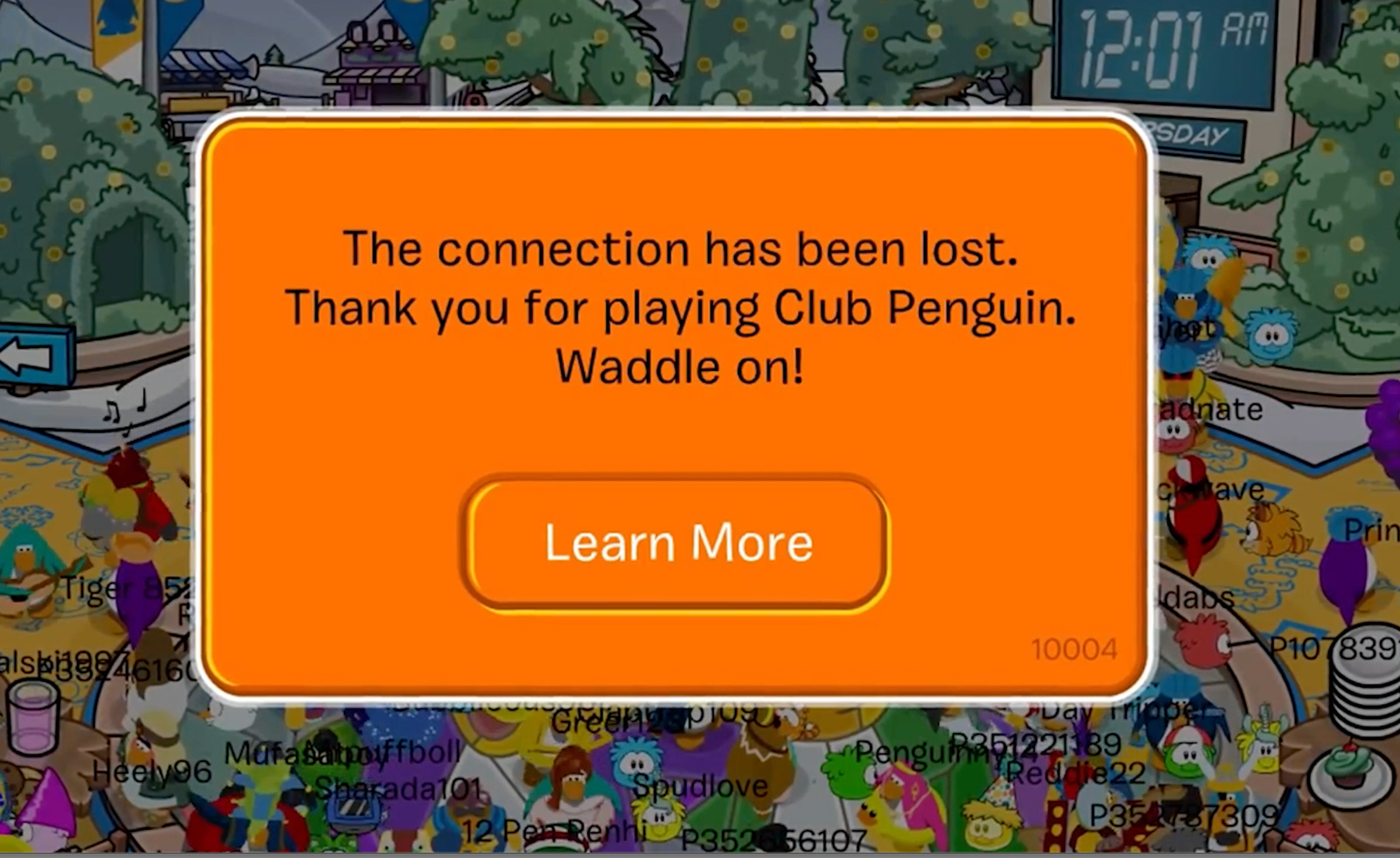
World Endings (still from Club Penguin)
A newly commissioned video game, World Imagining Game, by Glasgow-based creative developers Benjamin Hall and Frances Lingard, is also included in the exhibition, encouraging players to create their own characters, mode of gameplay and to think about how their world will be moderated.
‘We take a critical look at virtual worlds and wanted to think more about what the general public wants from these spaces that we are told are the future, ones that will have an increasing importance in access to services, entertainment, socialising and work,’ Frosh and Mercer add.
‘Some of the questions we are asking are: who designs virtual worlds, and for whom? What are the economic and ecological realities of these spaces? To produce this we worked with Hall and Lingard. We mapped out a game in which the players design a virtual world from its initial creation and imagine its demise: what happens to the users, the content, the cultures that existed there? As you play the game and answer a series of questions, a visual representation of your virtual world emerges. Upon completing the game, your world will be added to an online repository of hundreds of other imagined worlds, with a selection printed and added to the space at the gallery.’
Wallpaper* Newsletter
Receive our daily digest of inspiration, escapism and design stories from around the world direct to your inbox.
‘Between Worlds’ at The Photographers’ Gallery, London, is open from 23 June – 24 September 2023
thephotographersgallery.org.uk
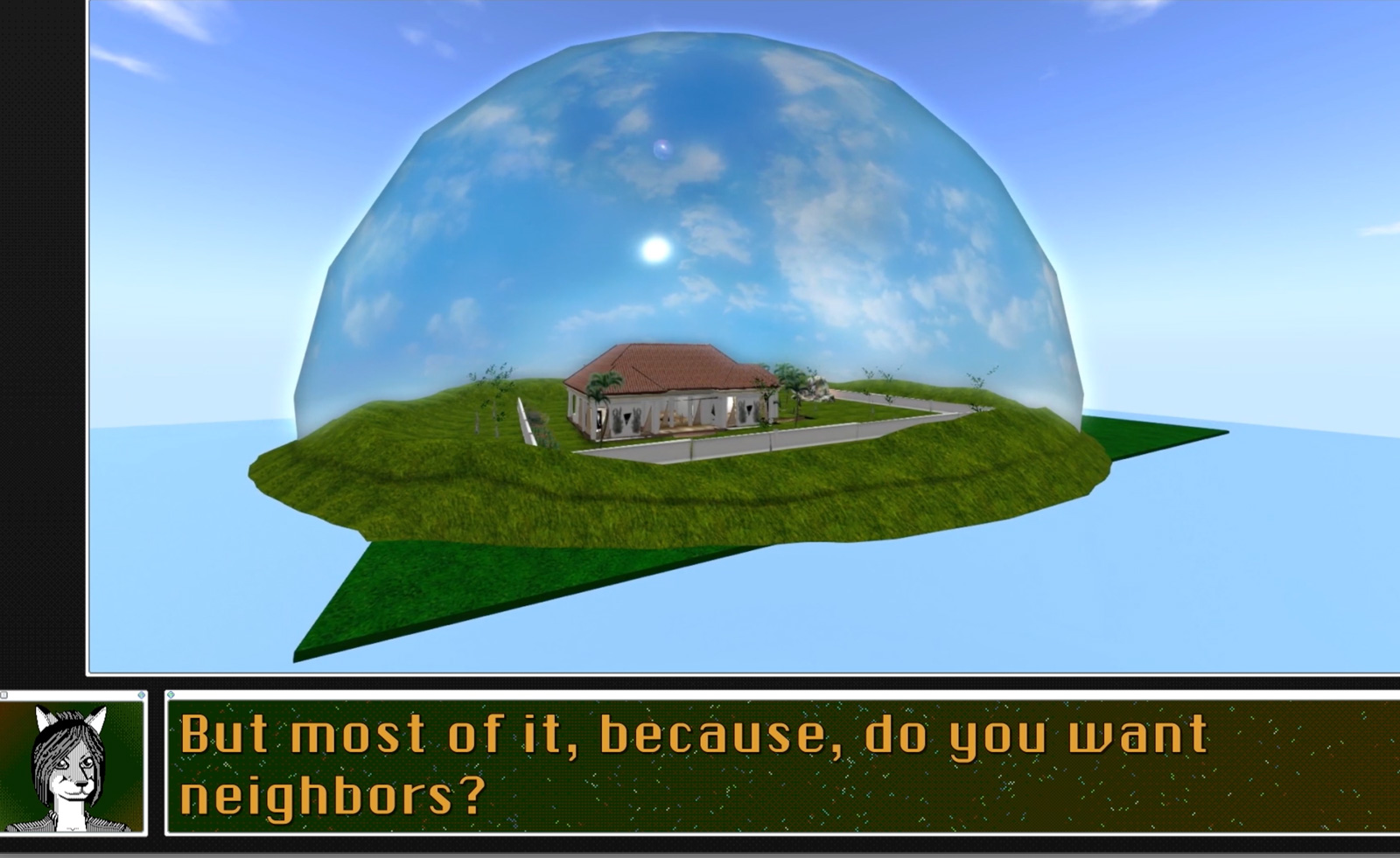
Preserving Worlds (still from Season 1, Episode 6: Second Life).
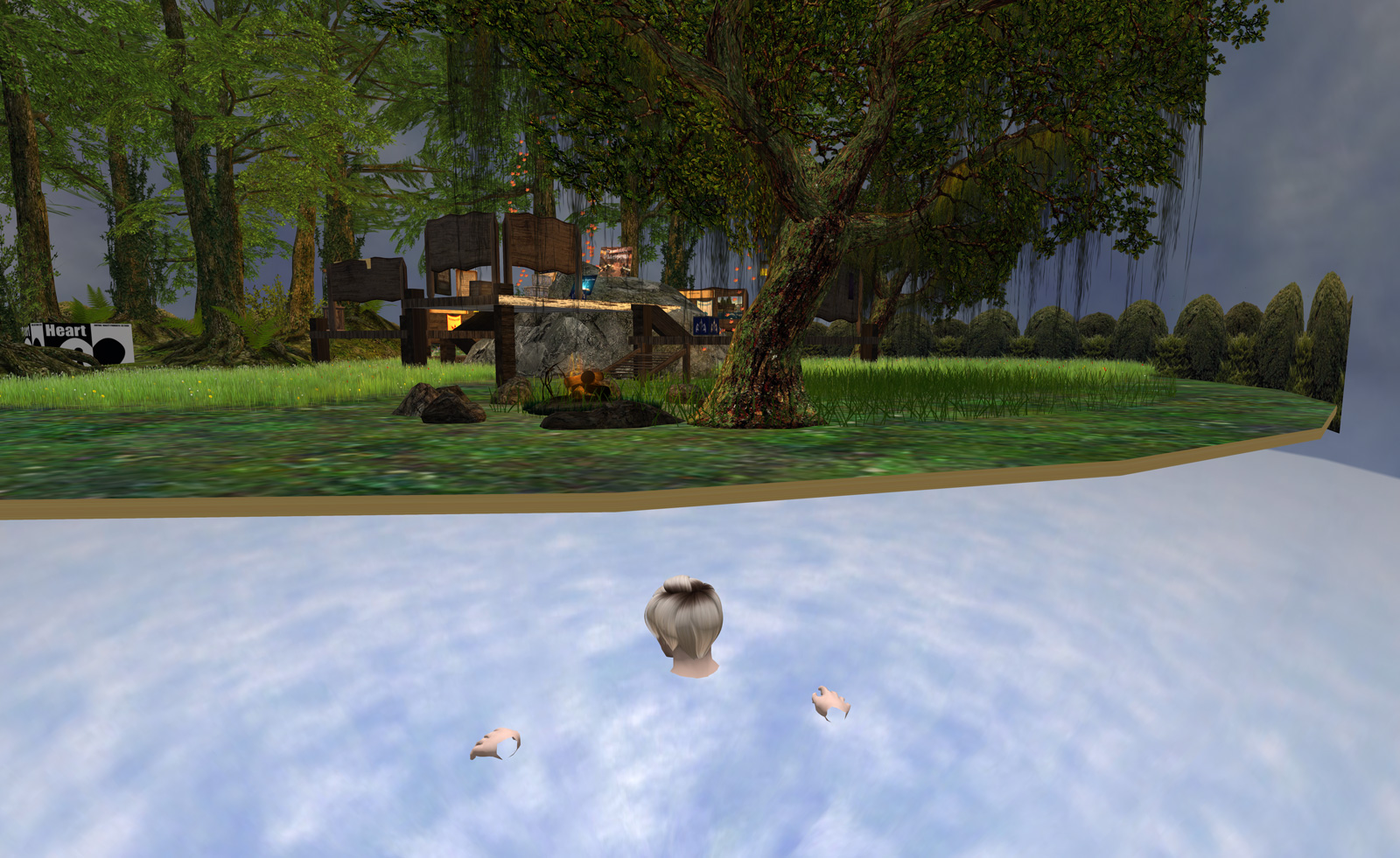
Second Life (still), 2023
Hannah Silver is the Art, Culture, Watches & Jewellery Editor of Wallpaper*. Since joining in 2019, she has overseen offbeat design trends and in-depth profiles, and written extensively across the worlds of culture and luxury. She enjoys meeting artists and designers, viewing exhibitions and conducting interviews on her frequent travels.
-
 Warp Records announces its first event in over a decade at the Barbican
Warp Records announces its first event in over a decade at the Barbican‘A Warp Happening,' landing 14 June, is guaranteed to be an epic day out
By Tianna Williams
-
 Cure your ‘beauty burnout’ with Kindred Black’s artisanal glassware
Cure your ‘beauty burnout’ with Kindred Black’s artisanal glasswareDoes a cure for ‘beauty burnout’ lie in bespoke design? The founders of Kindred Black think so. Here, they talk Wallpaper* through the brand’s latest made-to-order venture
By India Birgitta Jarvis
-
 The UK AIDS Memorial Quilt will be shown at Tate Modern
The UK AIDS Memorial Quilt will be shown at Tate ModernThe 42-panel quilt, which commemorates those affected by HIV and AIDS, will be displayed in Tate Modern’s Turbine Hall in June 2025
By Anna Solomon
-
 The UK AIDS Memorial Quilt will be shown at Tate Modern
The UK AIDS Memorial Quilt will be shown at Tate ModernThe 42-panel quilt, which commemorates those affected by HIV and AIDS, will be displayed in Tate Modern’s Turbine Hall in June 2025
By Anna Solomon
-
 ‘Humour is foundational’: artist Ella Kruglyanskaya on painting as a ‘highly questionable’ pursuit
‘Humour is foundational’: artist Ella Kruglyanskaya on painting as a ‘highly questionable’ pursuitElla Kruglyanskaya’s exhibition, ‘Shadows’ at Thomas Dane Gallery, is the first in a series of three this year, with openings in Basel and New York to follow
By Hannah Silver
-
 Artist Qualeasha Wood explores the digital glitch to weave stories of the Black female experience
Artist Qualeasha Wood explores the digital glitch to weave stories of the Black female experienceIn ‘Malware’, her new London exhibition at Pippy Houldsworth Gallery, the American artist’s tapestries, tuftings and videos delve into the world of internet malfunction
By Hannah Silver
-
 Ed Atkins confronts death at Tate Britain
Ed Atkins confronts death at Tate BritainIn his new London exhibition, the artist prods at the limits of existence through digital and physical works, including a film starring Toby Jones
By Emily Steer
-
 Tom Wesselmann’s 'Up Close' and the anatomy of desire
Tom Wesselmann’s 'Up Close' and the anatomy of desireIn a new exhibition currently on show at Almine Rech in London, Tom Wesselmann challenges the limits of figurative painting
By Sam Moore
-
 A major Frida Kahlo exhibition is coming to the Tate Modern next year
A major Frida Kahlo exhibition is coming to the Tate Modern next yearTate’s 2026 programme includes 'Frida: The Making of an Icon', which will trace the professional and personal life of countercultural figurehead Frida Kahlo
By Anna Solomon
-
 A portrait of the artist: Sotheby’s puts Grayson Perry in the spotlight
A portrait of the artist: Sotheby’s puts Grayson Perry in the spotlightFor more than a decade, photographer Richard Ansett has made Grayson Perry his muse. Now Sotheby’s is staging a selling exhibition of their work
By Hannah Silver
-
 Celia Paul's colony of ghostly apparitions haunts Victoria Miro
Celia Paul's colony of ghostly apparitions haunts Victoria MiroEerie and elegiac new London exhibition ‘Celia Paul: Colony of Ghosts’ is on show at Victoria Miro until 17 April
By Hannah Hutchings-Georgiou